The ancient Chinese medical concept of Zi Wu Liu Zhu (子午流注), often translated as "the midday-midnight ebb and flow," represents one of traditional medicine's most sophisticated attempts to map biological rhythms. This 2000-year-old framework suggests that Qi (vital energy) circulates through the twelve primary meridians in a precise 24-hour cycle, with each organ system having its peak activity during specific two-hour windows. While Western medicine traditionally dismissed such models as metaphysical speculation, contemporary chronobiology and neuroendocrinology are uncovering startling physiological mechanisms that may validate these observations.
The Circadian Code in Ancient Texts
Traditional Chinese medical texts like the Huangdi Neijing describe energy flow patterns that modern researchers now recognize as circadian rhythms. The lung meridian's peak activity between 3-5 AM coincides with the well-documented "worsening window" for asthma attacks and the natural cortisol surge that prepares the body for waking. Similarly, the heart meridian's 11 AM - 1 PM dominance period aligns with typical peaks in cardiovascular efficiency and blood pressure regulation. These correlations suggest that ancient physicians may have empirically identified biological clocks long before the discovery of the suprachiasmatic nucleus.
Hormonal Tides and Meridian Cycles
Modern research reveals that the small intestine meridian's active phase (1-3 PM) corresponds to digestive enzyme secretion peaks and intestinal motility patterns. The triple burner's 9-11 PM period aligns with the body's natural preparation for sleep through melatonin release and core temperature reduction. Perhaps most strikingly, the kidney meridian's 5-7 PM activity window matches the circadian trough in glomerular filtration rate and urine production. These parallels extend beyond coincidence, indicating that the Zi Wu Liu Zhu system may represent an elaborate map of autonomic nervous system fluctuations.
Neural Oscillations and Energy Flow
Advanced neuroimaging demonstrates that brain wave patterns fluctuate throughout the day in ways that curiously parallel traditional meridian cycles. Gamma wave activity peaks during the bladder meridian's 3-5 PM active phase - a period associated in TCM with mental clarity and memory consolidation. The gallbladder meridian's 11 PM - 1 AM window shows remarkable correspondence with the brain's glymphatic system activation, which performs critical detoxification functions during deep sleep. These findings suggest that "Qi flow" may metaphorically describe the body's intrinsic bioelectrical and biochemical oscillators.
The Microbiome Connection
Cutting-edge research into gut microbiota reveals that bacterial populations follow diurnal rhythms that directly impact organ function. The large intestine meridian's 5-7 AM active period coincides with microbial production of short-chain fatty acids that stimulate peristalsis. Liver meridian activity (1-3 AM) aligns with maximal hepatocyte regeneration and toxin processing - functions heavily influenced by gut bacteria. This provides a potential mechanism for how ancient practitioners could observe "energy" fluctuations without knowledge of microbial symbionts.
Clinical Implications and Future Research
The convergence of traditional chronotherapy with modern chronopharmacology opens new avenues for treatment optimization. Administering cardiovascular medications during the heart meridian's peak period or scheduling chemotherapy during the spleen meridian's activity window (9-11 AM) may enhance efficacy while reducing side effects. As research continues to unravel the molecular basis of these ancient observations, the Zi Wu Liu Zhu system may emerge as one of history's most prescient models of human biorhythms - a testament to the sophistication of empirical medical observation.

By /Jul 14, 2025

By /Jul 14, 2025

By /Jul 14, 2025
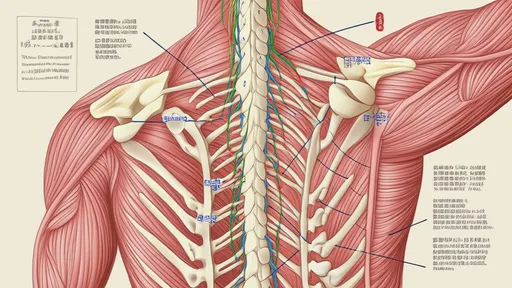
By /Jul 14, 2025
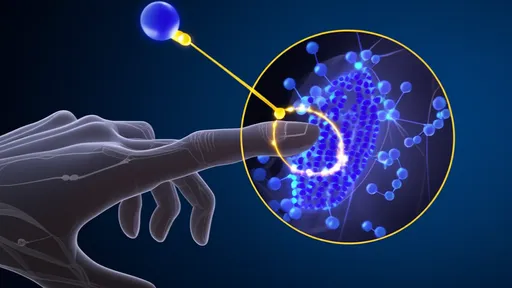
By /Jul 14, 2025
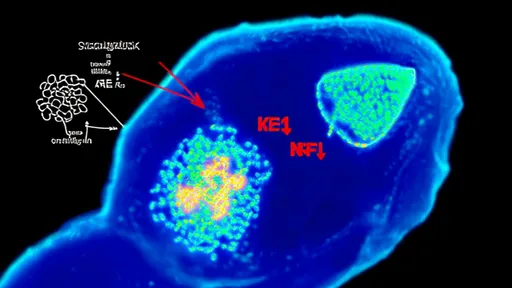
By /Jul 14, 2025

By /Jul 14, 2025
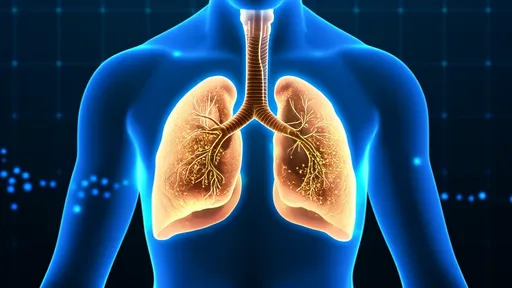
By /Jul 14, 2025
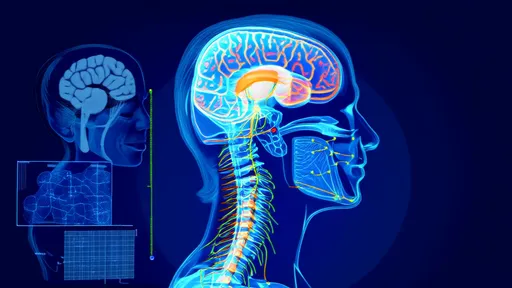
By /Jul 14, 2025

By /Jul 14, 2025

By /Jul 14, 2025
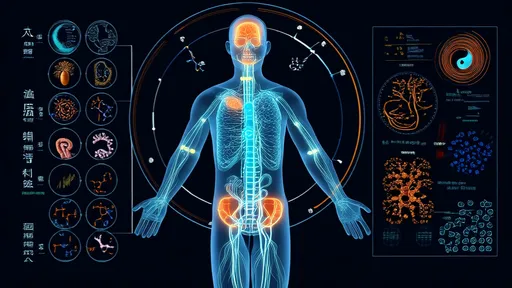
By /Jul 14, 2025

By /Jul 14, 2025

By /Jul 14, 2025

By /Jul 14, 2025

By /Jul 14, 2025

By /Jul 14, 2025
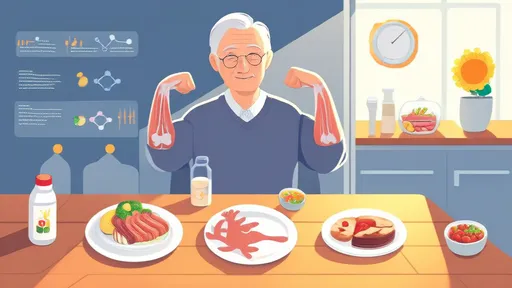
By /Jul 14, 2025